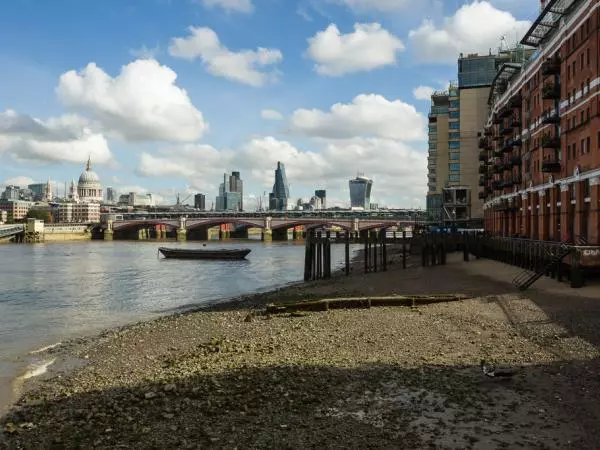SPA(E)CIOUS
The exercise creates the physical and psychological conditions to enhance an awareness of the perception of time and space through interaction in three parts, involving psychology, drawing, video and performance.
Participants follow instructions, while two projections are created, one of the views is from above and the other view is from the remote cctv camera on one of the participants. The latter will record their movements within proximal space (microphy). They experience:
1- Memory in the present. To focus on moving through space and retaining information. It is believed that by introducing an element of interference in space our awareness of the present condition is enhanced
2- How has digital time disrupted our sense of subjective time? The perception of time, subjective time (non measured time) and distance in specious present (the time duration wherein a state of consciousness is experienced as being in the present).
3- How does technology effect our perception and memorization of place? by relating memory to our experience of space in time. Starting from the observation that there is a time distance between the now of perception and the after of the recollection, and a space distance between where we start from and where we return: What does ‘this’ gap tell us? Is such gap there at all? Starting from a memory exercise (participants to draw the walking activity from memory), this will highlight similarities and differences between our mnemonic archive and technology produced documents of personal space, which I call microphies.
http://rockfluid.com/spaecious
 Share / Save
Share / Save





Commenti 0
Inserisci commento